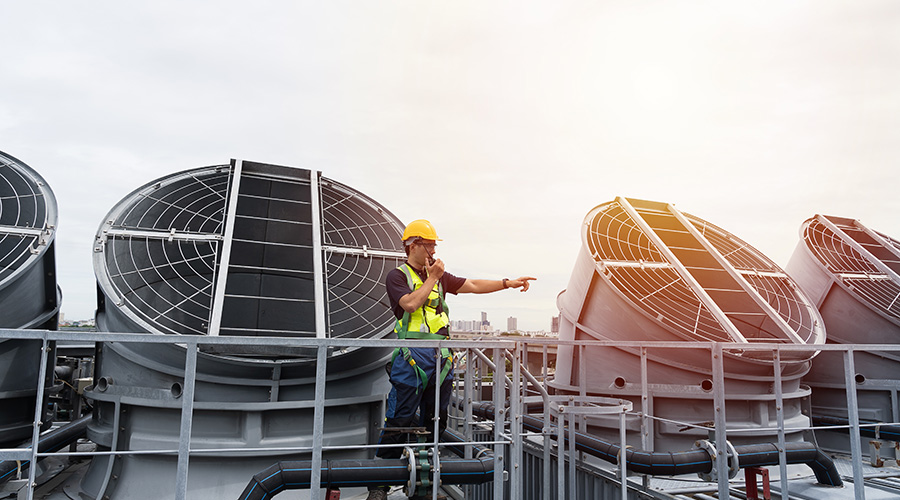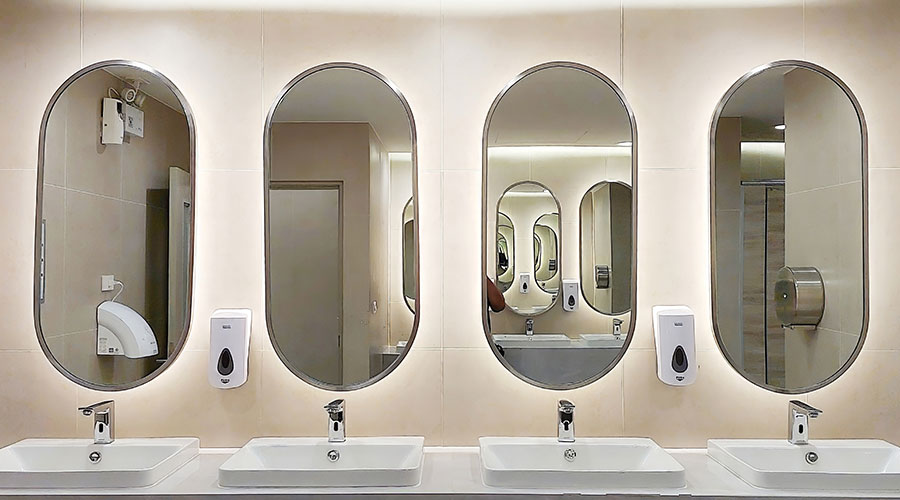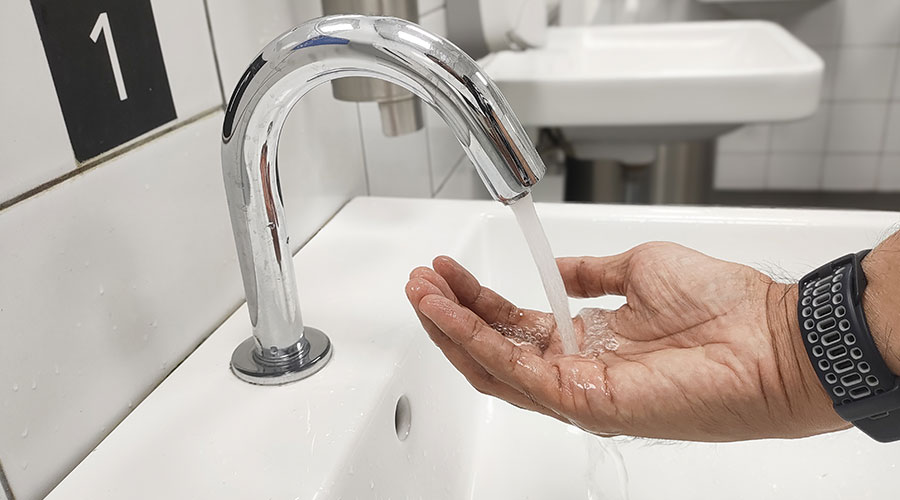Technician Training Essential to Use Drain-Cleaning Tools
As with any skilled trade, troubleshooting and using drain cleaning tools involves both tricks of the trade and art. Technician experience comes into play when sizing up a situation. Where is the clog most likely to be? What size piping is involved? Does the drain require rodding, jetting, or both? What size accessories are needed to clear the blockage? Using the wrong rodding auger size or type wastes time and might not clear the blockage, and using the rodder in the wrong place can be equally unproductive.
Some level of on-the-job training is a must-have, but a combination of formal training with on-the-job follow-up through an apprentice and journeyman program is better.
The drain-cleaning team often consists of a journeyman-level person and a helper or apprentice. For example, the most experienced person uses the video camera and views the monitor as the camera moves through the piping. The helper handles the cable reel, feeding and retracting the camera at the lead person's command. The helper moves the camera slowly, stopping at branch lines to observe water flow at each connecting line and resuming the feed slowly until the blockage appears.
This process requires both art and skill in correctly interpreting the picture on the monitor. This is also a good learning process — on-the-job training — for the helper, who can observe the techniques of the lead person as the process continues.
If the drain-cleaning unit is connected to a hard drive, the resulting video will be available for future review and training.
The process also creates a chronological database that yields a history of locations and causes of blockages. Planners can use the information to design appropriate preventive and corrective maintenance programs. Scheduled preventive drain cleaning can prevent clogs and drain overflows. Corrective steps can include upgrading the piping system to eliminate blockages.
Related Topics:














